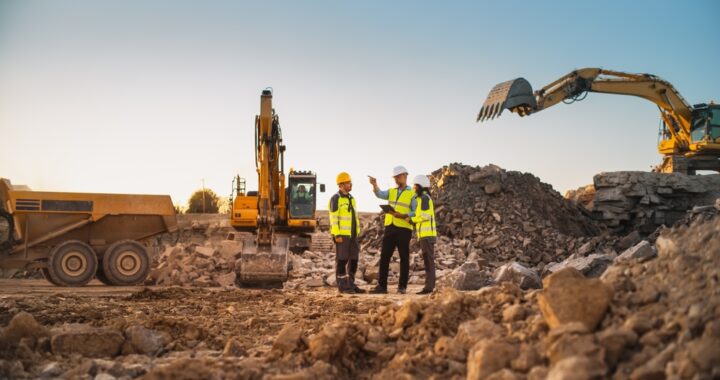In government contracting, there is a Federal Acquisition Regulation (FAR) on differing site conditions. See F.A.R. 52-236-2. This regulation, and the standard, would apply outside of government contracting when you hear about differing site conditions claims.
I. TYPE I DIFFERING SITE CONDITIONS
A type 1 differing site conditions claim occurs when “[s]ubsurface or latent physical conditions at the site which differ materially from those indicated in the contract.” See F.A.R. 52-236-2(a)(1).
For a contractor to prevail on a type I differing site conditions claim, the contractor MUST PROVE the following 4 elements:
1) that a reasonable contractor reading the contract documents as a whole would interpret them as making a representation as to the site condition;
2) that the actual site conditions were not reasonably foreseeable to the contractor based upon information available to the contractor outside of the contract documents;
3) that the contractor reasonably relied upon the contract documents; and
4) that the conditions differed materially from those presented in the contract documents and the contractor suffered damages as a result.
Appeal of-Skanska USA Civil Southeast, Inc., ASBCA 61220 (ASBCA 2025) (citation omitted).
As to element 1, the standard is a “reasonable contractor” and how that reasonable contractor would interpret the contract documents as a whole. See, supra, Skanska USA Civil Southeast (quotation omitted).
As to elements 2 and 3, the contractor must prove “that the conditions encountered were reasonably unforeseeable in light of all the information available to it.” See id. If the contractor knew or should have known of the facts of the conditions of the site, this differing conditions claim will fail. See id. In other words, where the contractor “knows or has opportunity to learn the facts, he is unable to prove…that he was misled by the contract.” See id. (quotations and citations omitted).
As to element 3, reliance is a question of fact but “[r]eliance is unreasonable when a contractor has reason to doubt the accuracy of a representation, such as knowledge of a flaw in the information underlying the representation.” See, supra, Skanska USA Civil Southeast.
Then, as to element 4, the actual site conditions must differ materially from the contract documents resulted in damages to the contractor.
II. TYPE II DIFFERING SITE CONDITIONS
A type II differing site conditions claim is when “[u]nknown physical conditions at the site, of an unusual nature, which differ materially from those ordinarily encountered and generally recognized as inhering in the work of the character provided for the contract.” See F.A.R. 52-236-2-(a)(2).
A type II claim is a HEAVIER BURDEN OF PROOF than a type I claim because the contractor must prove “the recognized and usual conditions at the site, the actual physical conditions encountered and that they differed from the known and usual, and that the different conditions caused an increase in the cost of contract performance.” See Skanska USA Civil Southeast, supra (quotation and citation omitted). “The unknown physical condition must be one that could not be reasonably anticipated by the contractor from his study of the contract documents, his inspection of the site, and his general experience[,] if any, as a contractor in the area. See id. (quotation and citation omitted).
When dealing with a differing site conditions claim, make sure you know what you need to do to prove your claim.
Please contact David Adelstein at dadelstein@gmail.com or (954) 361-4720 if you have questions or would like more information regarding this article. You can follow David Adelstein on Twitter @DavidAdelstein1.



